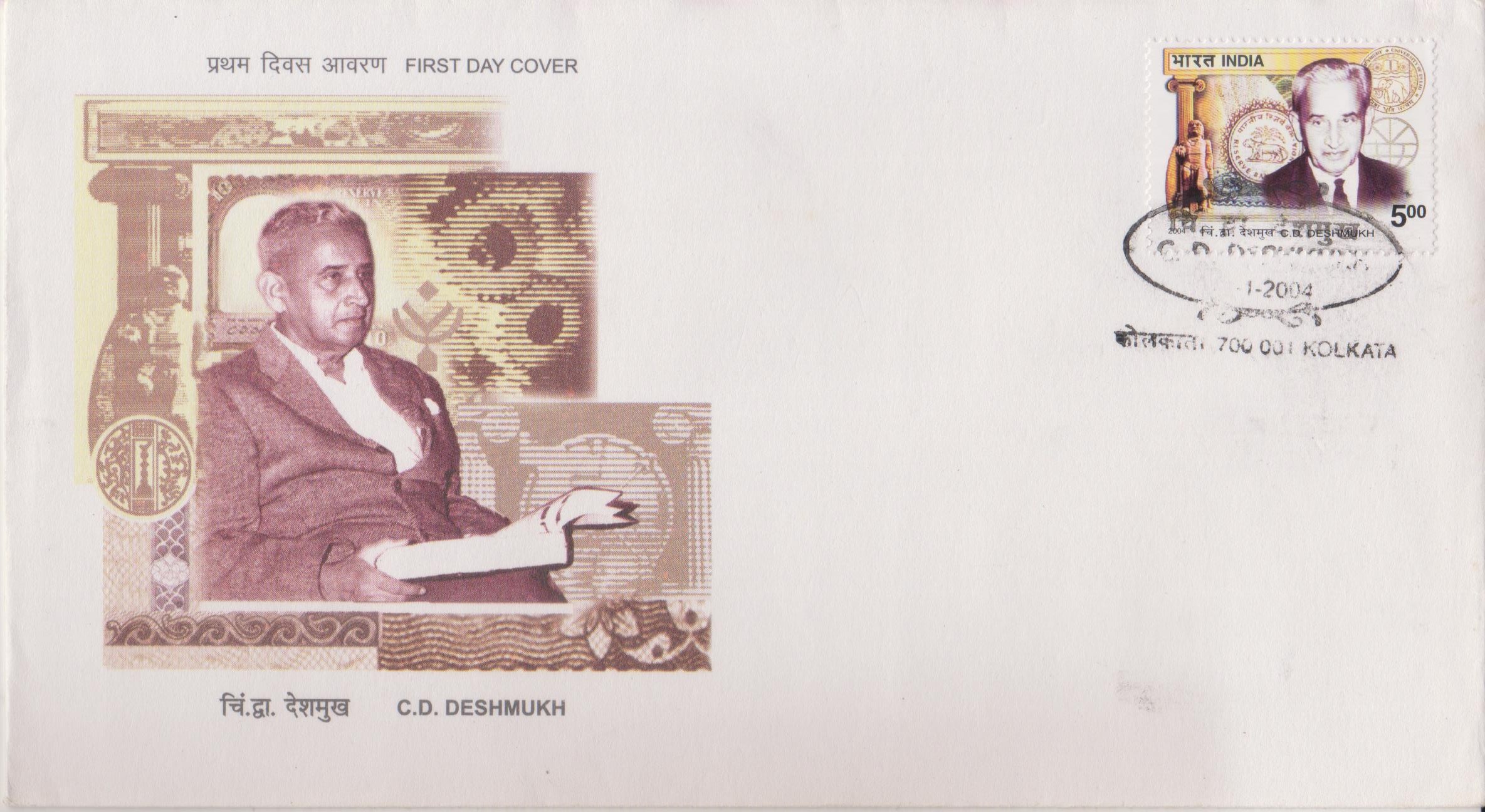
C. D. Deshmukh
A commemorative postage stamp on the Birth Anniversary of Sir Chintaman Dwarakanath Deshmukh, first Indian Governor of the Reserve Bank of India :
 Issued by India
Issued by India
Issued on Jan 14, 2004
Issued for : The Department of Posts honours this multi-faceted genius through the release of a commemorative postage stamp.
Credits :
Stamp & FDC : Sankha Samanta
Cancellation : Alka Sharma
Type : First Day Cover
Colour : Four Colour
Denomination : 500 Paise
Overall size : 2.9 x 3.91 Cms.
Printing size : 2.9 x 3.91 Cms.
Perforation : 13 x 13
Paper : Imported Unwatermark Stamp Paper
Stamps Printed : 0.4 Million
Number per issue sheetlet : 40
Printing Process : Photo Offset
Printer : Madras Security Printers
Name : Chintaman Dwarakanath Deshmukh
Born on Jan 14, 1896 at Nate, Mahad, Raigad district, Maharashtra, India
Died on Oct 2, 1982 at Hyderabad, Telangana, India
About :
- A man whose brain was many-sided; who could grasp detail and yet appreciate the holistic perspective; in whom not only the creative faculties found expression in full measure but also the analytic, a man whose whole being was animated by a spirit of lofty enterprise. The man: Chintaman Dwarkanath Deshmukh.
- Born on 14 January, 1896, young Chintaman made his mark as an outstanding student at school and in Cambridge University in 1915 from where he graduated with a first class and won the Frank Smart prize in Botany. He stood first at the Open Competitive Examination of the Indian Civil Service which was a distinction so unparalleled that he was firmly advised by Lokmanya Tilak to join the Service since independent India would need competent men to take charge of the administration.
- Deshmukh started his career in the Civil Service in 1920 in the C.P. and Berar cadre. Shortly afterwards, he was assigned the task of revenue settlement for the Raipur khalsa. His report and recommendations, based on observations made by personally visiting 2,700 villages over the course of a year, were not only immensely valuable to the administration at that time, but remain a model that IAS officers emulate to this day. Later, as the Revenue Secretary, he took many innovative policy decisions and bold initiatives like the Debt Reconciliation Act.
- In 1939, Deshmukh moved to banking in the Central Services. In 1943, he became the first Indian Governor of the Reserve Bank of India, which he served till 1949. He reinforced the Department of Research and Statistics at the Bank, and was responsible for the assertion of the independence of the Bank from the Government of India and its Finance Department. He astutely guided the post-war monetary policy of the country. He represented India at the Bretton Woods meeting in 1945, and took an active initiative in the establishment of the World Bank and the International Monetary Fund. With great foresight, he endorsed India’s membership to the Fund as well as to the IBRD. He was appointed Governor for India on the Executive Boards of the World Bank and the International Monetary Fund.
- Having gained the reputation of an expert in finance and banking, Deshmukh was appointed Finance Minister in 1950. In this capacity, he was successfully able to control inflation and stabilize prices. In his negotiations in matters such as sterling balances, readjustment of exchange rates, and the wheat loan from the USA, he showed the finesse and firmness of a seasoned diplomat. He was responsible for the nationalization of banking and insurance. As Finance Minister he was a member of the Planning Commission and made a significant contribution to the formulation of the first two Plans.
- Deshmukh became the first Chairman of the University Grants Commission after his resignation as Finance Minister in 1956. He served as Vice-Chancellor of Delhi University from 1962 to 1967. He made notable contributions to numerous organizations like the IIC, UNESCO, IIAS at Shimla, ASC at Hyderabad and AIIMS as Chairman of its Finance Committee.
- The creative instincts of Deshmukh found full expression as a linguist, scholar of Sanskrit, poet, botanist and gardener. He translated the Meghaduta from Sanskrit into Marathi, and composed verse in Sanskrit and in Marathi. After his marriage to Durgabai, he was deeply involved in the social work that she did. He received the Magsaysay award for Government Service in 1959. In 1975, the Padma Vibhushan was conferred on him and his wife. Deshmukh passed away on 2 October, 1982.
- The achievements of Deshmukh are equalled only by his method of achievement. The secret of his success was that he had no personal ambitions beyond a passionate commitment to do his job well. He was forthright, outspoken and inspired trust. He took great pains to ensure that his assessment and decisions were adequately supported by facts. He had an eye for detail and a passion for correctness and for excellence.
- Text : Based on material received from the proponent.


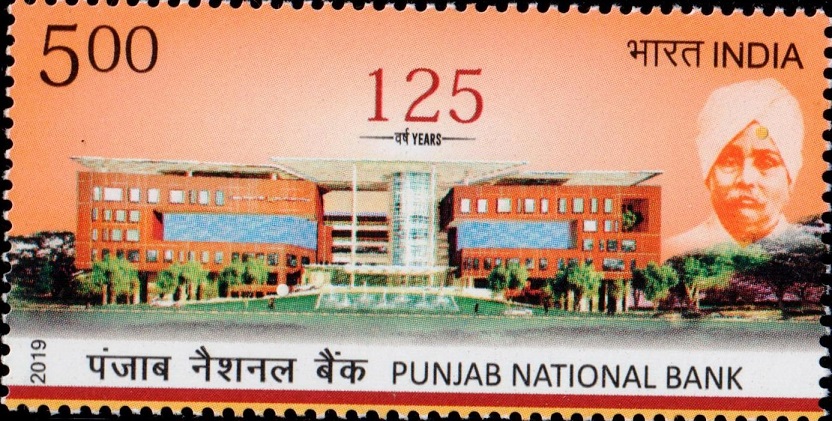
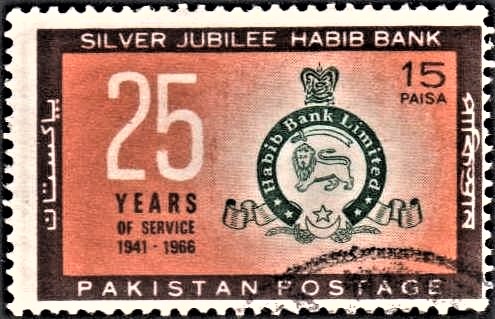
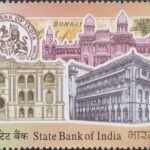
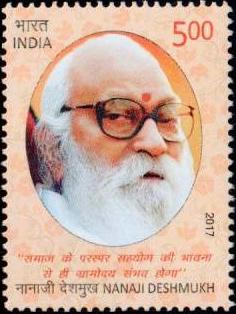
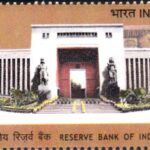

[…] 22nd January, 1953 she married Dr C. D. Deshmukh, the then Finance Minister, Government of […]
[…] giants of the time like Jawaharlal Nehru, S. Radhakrishnan, John D. Rockefeller III, C.D. Deshmukh etc. contributed to the IIC becoming a reality. The founders succeeded in creating a liberal […]